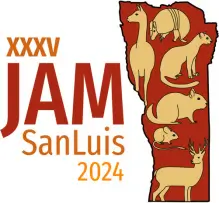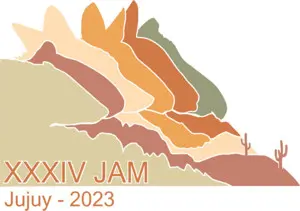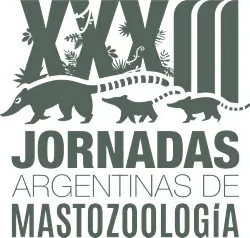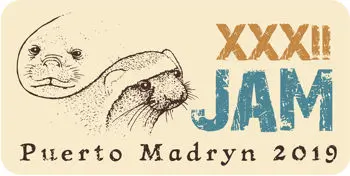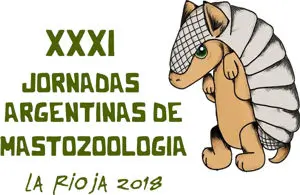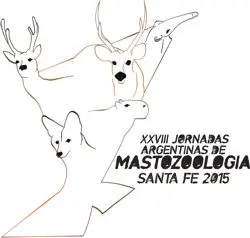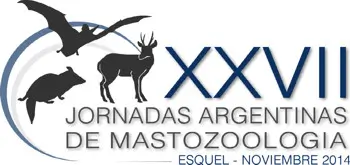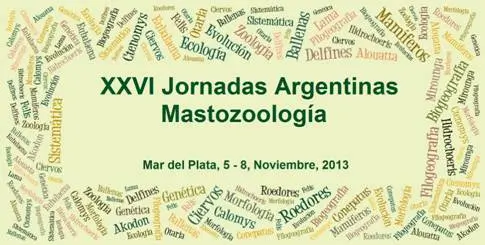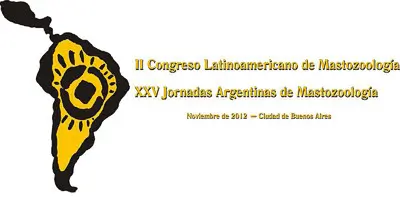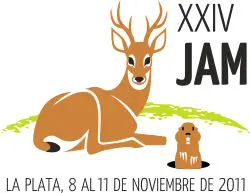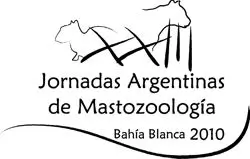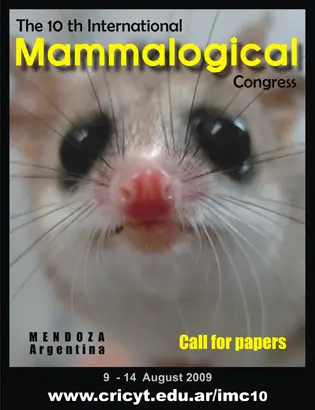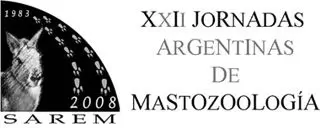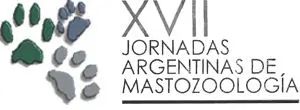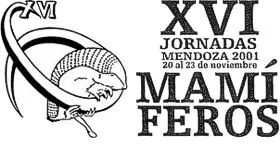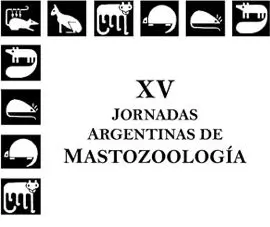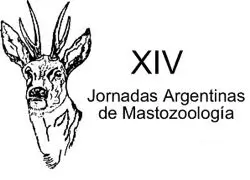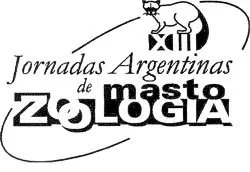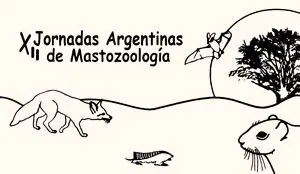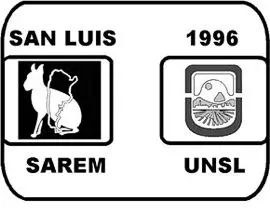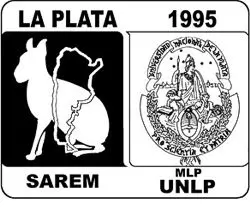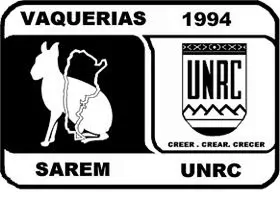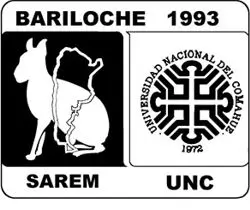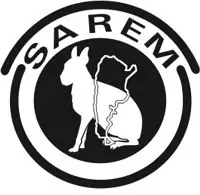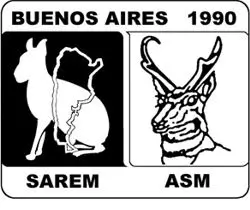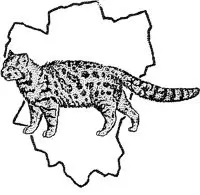
The karyotype of the giant tree-rat, Toromys grandis (Wagner, 1845) (Rodentia: Echimyidae)

The karyotype of the giant tree-rat, Toromys grandis (Wagner, 1845) (Rodentia: Echimyidae)
- Tipo de actividad: Oral
- Palabras clave: cytogenetics; G banding; Echimyini; Amazon
- Autoría: Percequillo AR, Lazar A, Ribeiro MCS, Abreu EF, Prado JR, Carmignotto AP, Bonvicino CR
- Afiliación: ESALQ USP | MN UFRJ | PPGEN UFRJ | ASU | MZUSP | UFSCar | IOC-FIOCRUZ
- Email: percequillo@usp.br
The spiny rats of the family Echimyidae are very diverse in the number of genera and species, and also in the diversity of their karyotypes. However, there are still considerable gaps on the karyological knowledge for several arboreal groups, as Olallamys, Leiuromys, Diplomys, Echimys, Toromys, among others. In this contribution, the karyotype of one male specimen of Toromys grandis from Western Amazonia is described for the first time, in conventional Giemsa and G band coloration. Conventional staining karyotype of the male of T. grandis, based on the analysis of 60 metaphasis, showed a diploid number of 56 chromosomes, a low number when compared to the karyotypes of species of the most inclusive clade of the tribe Echimyini, that includes the genera Makalata, Pattonomys, and the majority of species of Phyllomys (the karyotype of Echimys and Leiuromys are unknown). The autosomal complement is composed by 27 pairs of biarmed and acrocentric chromosomes, varying in size from large to small, with a large sized subtelocentric sexual X chromosome, and a very small sized Y chromosome. This karyotype showed a secondary constriction in the long arm of a medium sized biarmed chromosome pair, a trait that is common in Echimyid rodents, in different chromosome pairs, but always in biarmed chromosomes. As the only known karyotype of the genus Toromys is the present description of T. grandis, we compared the G banded karyotype with those available of closely related genera from tribe Echimyini as Phyllomys lamarum with 2n=56 and FN=102, and Makalata sp. with 2n = 66 and FN = 124. This comparison allowed the identification of the same G banded pattern between the large sized subtelocentric X chromosome of T. grandis and the large sized subtelocentric X chromosome of Makalata sp., and the long arm of the large sized submetacentric X chromosome of P. lamarum. This result suggests the conservation of X chromosomes in Echimyini rodents. The diploid number of T. grandis is comparable only with the karyotypes of some species of Phyllomys, as P. lamarum (2n=56) and P. blainvillei (2n=50). Comparisons with the karyotype of those selected species of the tribe Echimyini show how unique is the karyotype of T. grandis. Cytogenetic information remains as a valid tool on species diagnosis and also presents important value on the understanding of the evolution of these rodents.

